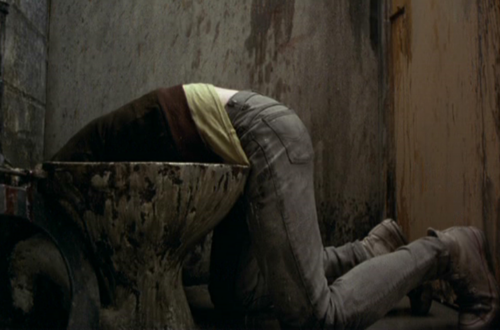We need to think again, in a radical and disruptive way, about our professional future, and the future of the buildings of our libraries. This is not about introducing small improvements, or doing some new stuff so as to avoid big changes. This is not useful anymore. In spite of the obvious and avowed success of the actual model of library, the social, economic and cultural reality imposes itself just like a heavy slab; and this reality imposes, wants and needs a systemic change, a new way of doing and posing the libraries – of all kinds, not only the public ones. Everything we have done and planned during the last 30 years is not useful anymore. I wonder if it would be necessary to create a new reading map. And I wonder as well if a library of the magnitude and dimensions of the new Public Library of Birmingham is applicable in our envirorment and social and cultural ecosystem; moreover, I wonder if it would be advisable to build. I seriously doubt about what to answer, despite my intuition makes me say ‘no’.
I think that the use movements of the cultural buildings that the libraries are meant to head towards a relationship between the user and the library itself more and more virtualized, from the distance, every day. And, inside this new envirorment, towards a permanent state of mobility and liquidity, of absolute ubiquity. The funds, now digitalized, disappear from the librarian landscape. In this sense, I would propose to implement a notable reduction of the librarian space, in smaller units, more flexible, dynamical, effective, sustainable, independent and easily operational. We do not need the ‘big central library’ anymore. I imagine a web of small nodes scattered all over the territory, offering a closer relationship to their users. Do not get me wrong: presenciality will still be necessary and essential; but this requires now different ways, far away from bigger magnitudes. Libraries at the personal level. I imagine these nodes as small scale social trade centres – as the big social trade centre is and has to be the street, the square- with a minimum printed collection, some Internet access devices, and above all, maximum wi-fi connectivity possible. The rest of the space should be designed to host activities of all kinds, small scale, close to the users, and with an evident interest in a community of users possibly and necessarily smaller than the standards we are used to seeing nowadays. Perhaps the key to our survival is the reduction, and approach to each and every individual.
This is what I think. This opinion might be as valid or non-sense as any others. I might or might not be wrong; I do not know. But what I do know is that we need to be brave and think about what is new, a different future. We have to make it all together. And it is indispensable that everyone who takes part in the planning, design and management of the buildings think of a new tomorrow, and we sit and discuss it all together. Experimenting is a must, as well as being wrong. But we need to do it. Not acting would mean death to us.



